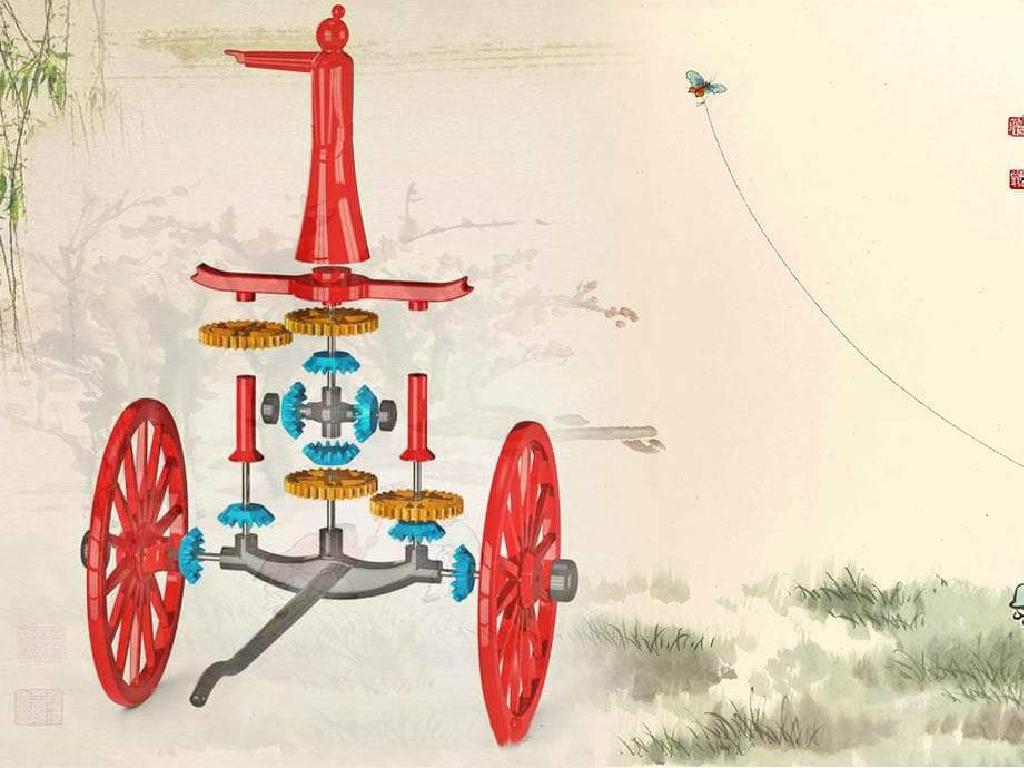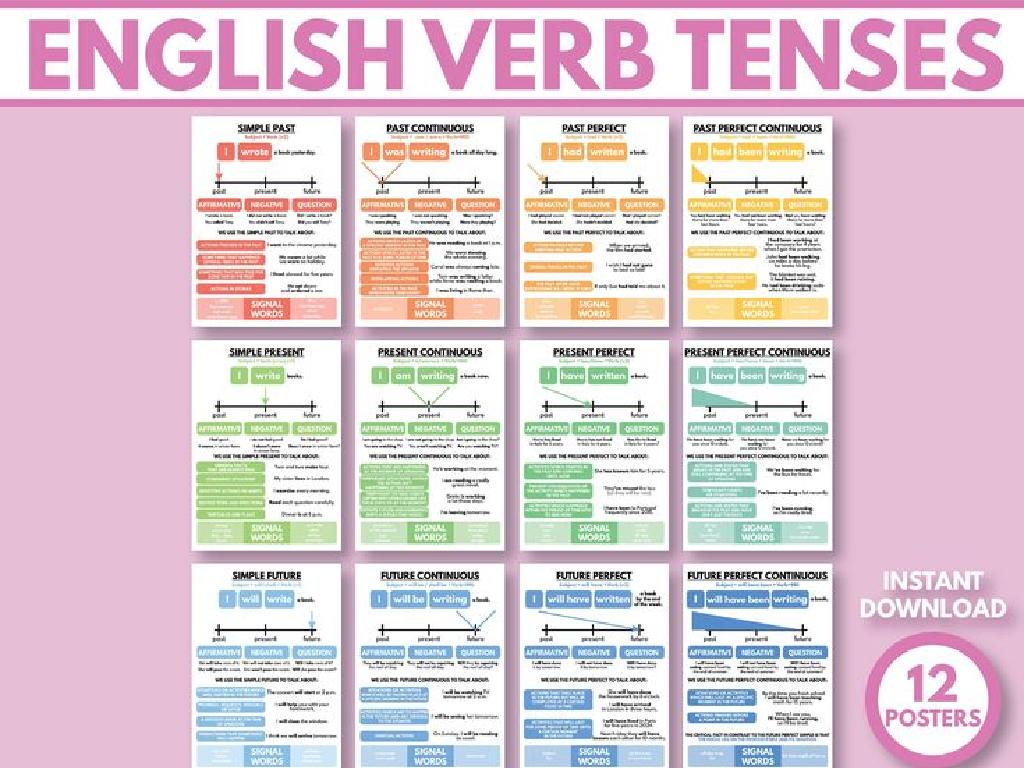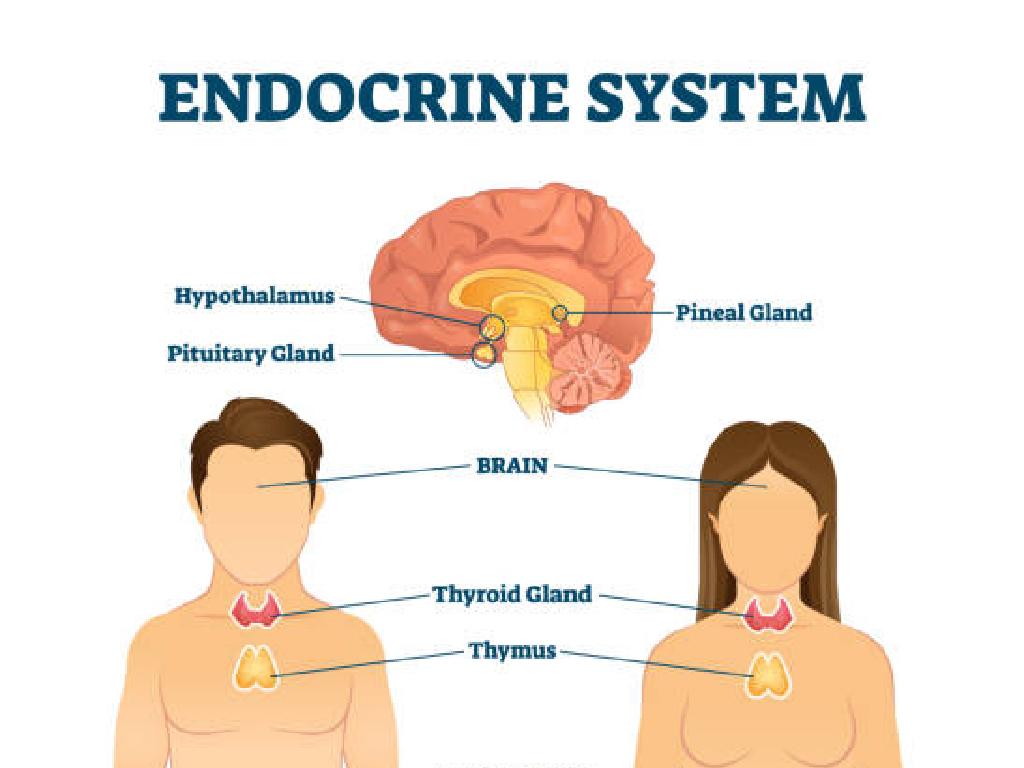Determine The Themes Of Short Stories
Subject: Language arts
Grade: Eighth grade
Topic: Theme
Please LOG IN to download the presentation. Access is available to registered users only.
View More Content
Introduction to Theme in Literature
– Define ‘Theme’ in stories
– Central message or insight in a story
– How to identify themes
– Look for recurring elements and ideas
– Common themes in literature
– Friendship, courage, love, good vs. evil
– Analyzing themes through examples
– Discuss themes in well-known short stories
|
This slide introduces the concept of ‘theme’ as the underlying message or insight that a writer expresses in a story. It’s important to guide students to recognize that a theme is not just a single word but a statement about life or human nature that the author is trying to convey. To identify themes, students should look for patterns, recurring elements, or ideas throughout the story. Provide examples of common themes such as friendship, courage, love, and the conflict of good versus evil. Use well-known short stories to analyze and discuss how these themes are presented and how they contribute to the story’s impact. Encourage students to think critically about the themes they encounter in their reading and to consider what the author may be communicating beyond the plot.
Identifying Themes in Short Stories
– Themes are implied, not stated
– Themes are the underlying messages or insights.
– Theme vs. Main Idea
– Main idea is what the story is about; theme is the lesson or message.
– Clues for determining themes
– Look for recurring elements, conflicts, and character growth.
– Practice with examples
|
When teaching students to identify themes, emphasize that themes are the underlying messages or insights that a story offers, rather than explicitly stated facts. They are the ‘big ideas’ or moral lessons that are implied throughout the story. It’s important to distinguish between the main idea, which is the primary focus or plot of the story, and the theme, which is often a broader message or statement about life or human nature. To determine a theme, students should look for clues such as recurring elements, conflicts, resolutions, and character growth. Provide examples of short stories and guide students through the process of identifying themes, using the clues mentioned. Encourage students to discuss different possible themes and how they arrived at their interpretations.
Exploring Themes in Short Stories
– Short stories: one or two themes
– Reading between the lines
– Look for underlying messages or lessons
– Characters’ role in themes
– Their actions, decisions, and growth can reflect the story’s central message
– Setting and plot’s contribution
– How time and place influence the theme, and how the sequence of events builds it
|
This slide aims to guide students in identifying and understanding the themes within short stories. Themes are the central topics or messages that the author wishes to convey, often going beyond the literal events of the story. Encourage students to ‘read between the lines’ and look for deeper meanings that may not be immediately obvious. Discuss how the characters’ journeys and development can shed light on the theme, and how the setting and plot structure support the theme’s development. Provide examples from well-known short stories and ask students to analyze them in groups or individually, identifying the themes and discussing how they are expressed through the story’s elements.
Exploring Themes in Literature
– ‘The Necklace’: Appearance vs. Reality
– Maupassant’s story illustrates the cost of valuing appearances over reality.
– ‘The Gift of the Magi’: Sacrifice
– O. Henry’s tale shows the depth of love through personal sacrifice.
– Discuss themes in short stories
– Analyze themes’ significance
– Understanding themes helps us grasp deeper meanings in literature.
|
This slide aims to help students understand the concept of themes in literature by analyzing two classic short stories. ‘The Necklace’ serves as an example of how the theme of appearance versus reality can play a crucial role in the development of a story and its moral lesson. Similarly, ‘The Gift of the Magi’ provides insight into the theme of sacrifice and the complexities of love and giving. Encourage students to think critically about the themes presented and how they relate to the characters and plot. Ask them to consider how these themes might apply to their own lives or to society as a whole. This discussion will enhance their analytical skills and appreciation for literature.
Group Activity: Theme Discovery
– Group task: Find the story’s theme
– Each group gets a unique story
– Discuss themes within your group
– Consider the story’s message, characters, and events.
– Present your theme findings in class
– Share how you determined the theme with the class.
|
This slide introduces a group activity focused on identifying themes in different short stories. Each group will receive a distinct story to ensure a variety of themes are explored. Students should discuss the underlying message of the story, the motives of characters, and significant events that might hint at the theme. After the discussion, each group will present their findings to the class, explaining the reasoning behind their conclusions. For the teacher: Prepare diverse short stories in advance, guide the students on how to identify themes, and facilitate the presentations to ensure each group understands the importance of theme in literature. Possible themes could include friendship, courage, the impact of technology on society, etc. Encourage students to support their theme identification with evidence from the text.
Conclusion: The Power of Themes
– Significance of themes in literature
– Themes reflect human nature
– Themes offer insights into our behaviors and motivations
– Themes as societal mirrors
– They can reveal societal norms, challenges, and changes
– Discuss our thematic discoveries
|
As we wrap up today’s lesson, it’s crucial to revisit the role of themes in literature. Themes are the underlying messages or the ‘big ideas’ that provide deeper meaning to a story. They are important because they often reflect on human nature, offering insights into our behaviors, motivations, and the human condition. Additionally, themes can act as mirrors to society, revealing norms, challenges, and changes over time. Encourage a class discussion to allow students to share the themes they’ve identified in the stories read during today’s activity. This will help them articulate their thoughts and understand the diverse perspectives that their classmates may have. It’s a great opportunity for students to engage in critical thinking and to appreciate the complexity of literature and its reflection of the world around us.






